Galloways and Greenhouse Gasses
The Rest of the Story
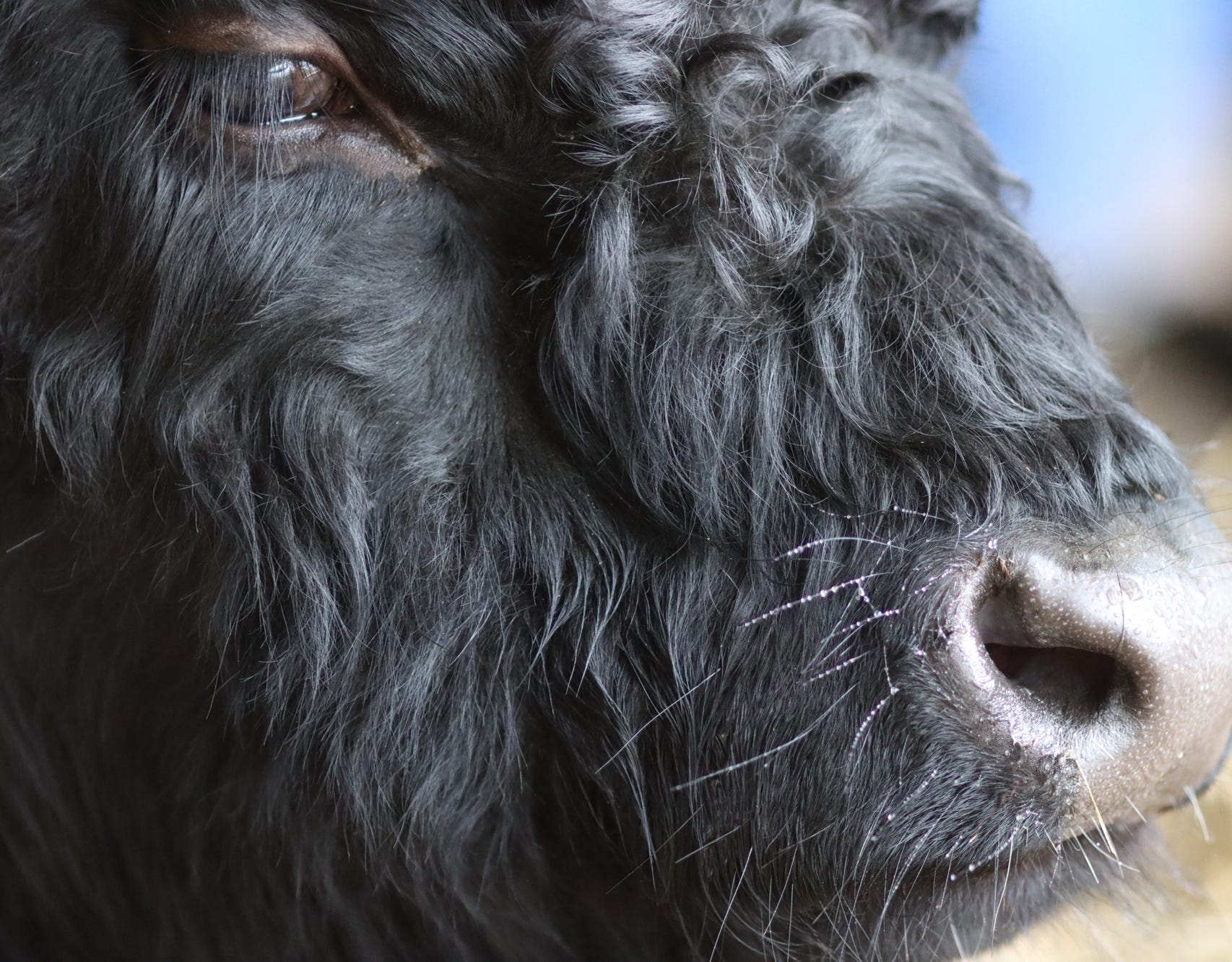

10% of Canada's greenhouse gas emissions are from crop and livestock production. This excludes emissions from the use of fossil fuels or from fertilizer production.
The main gases emitted by agricultural activities are: Carbon Dioxide (CO2), Methane (CH4), Nitrous oxide (N2O), Conversely, agriculture helps slow climate change by storing carbon on agricultural lands. Storing, or sequestering, carbon in soil as organic matter, perennial vegetation, and in trees reduces carbon dioxide amounts in the atmosphere. (https://agriculture.canada.ca/en/environment/greenhouse-gases)
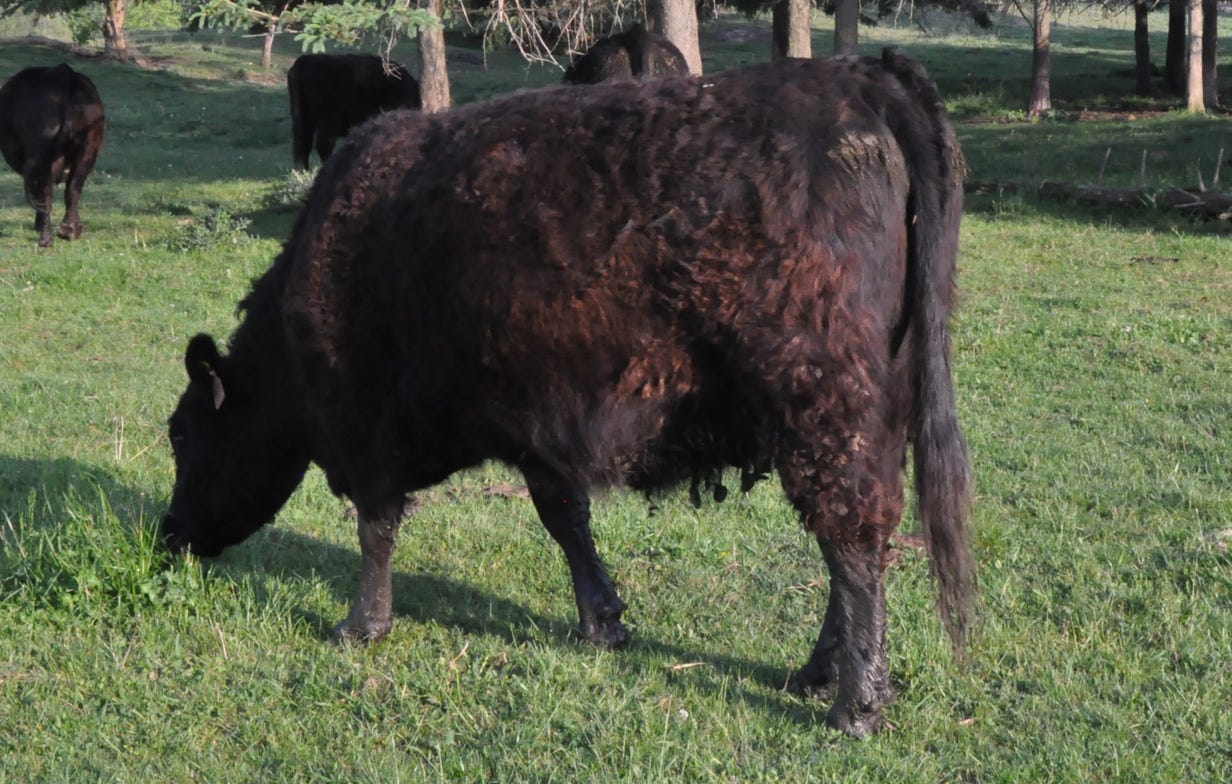
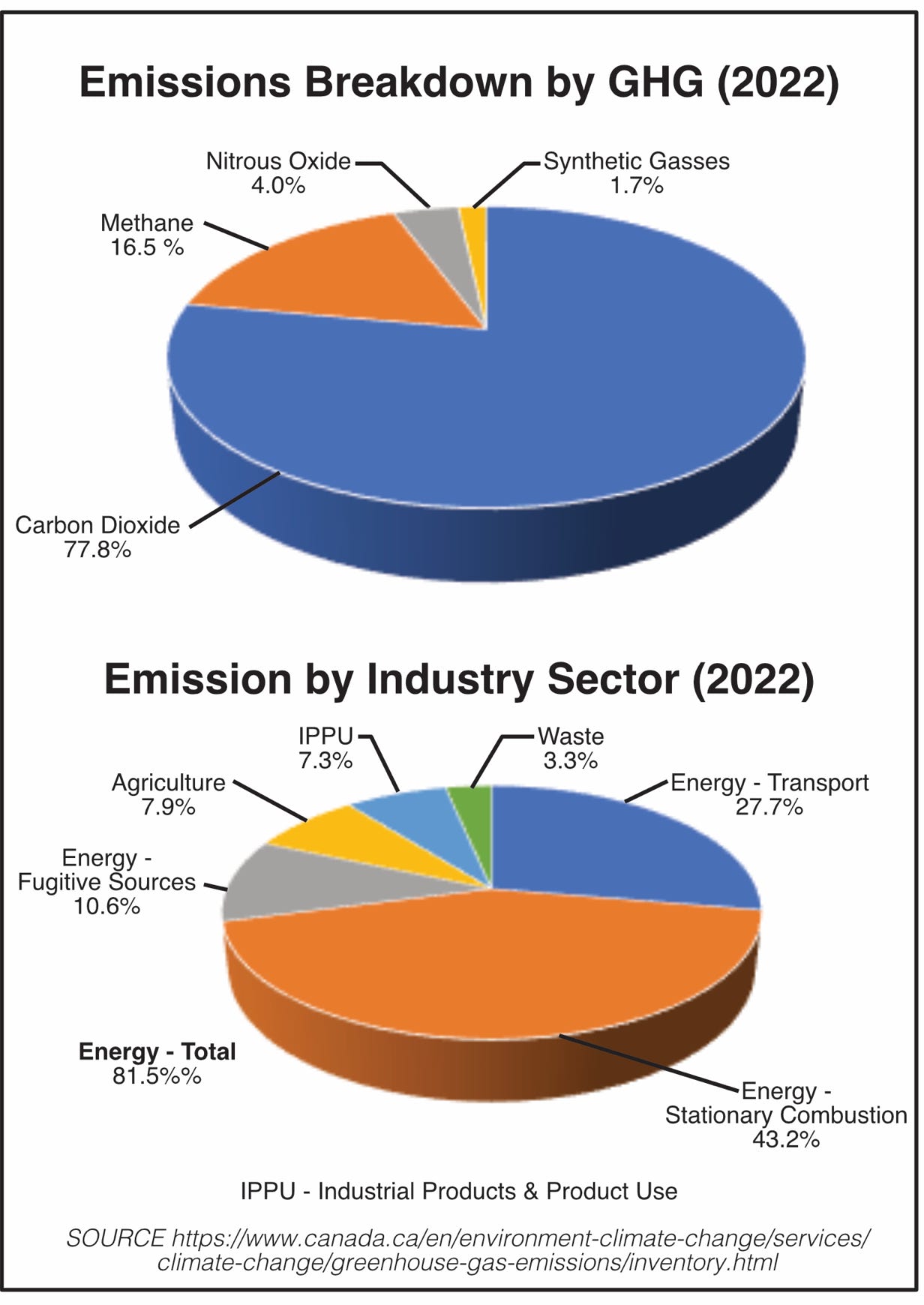
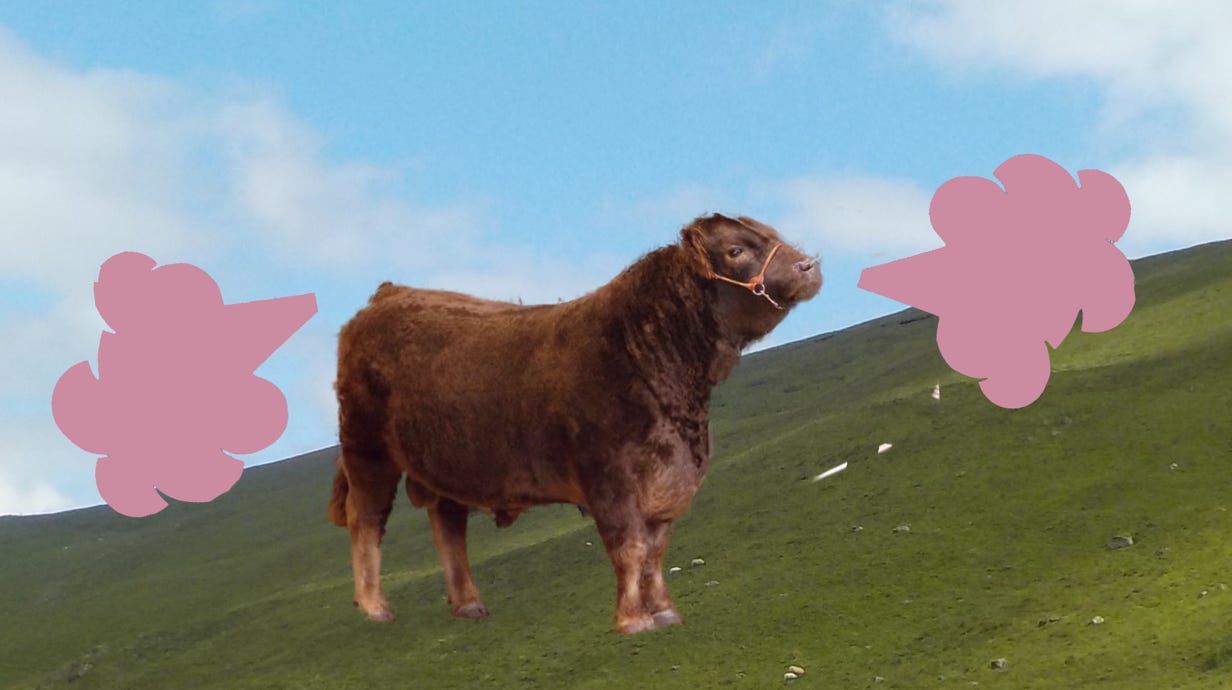
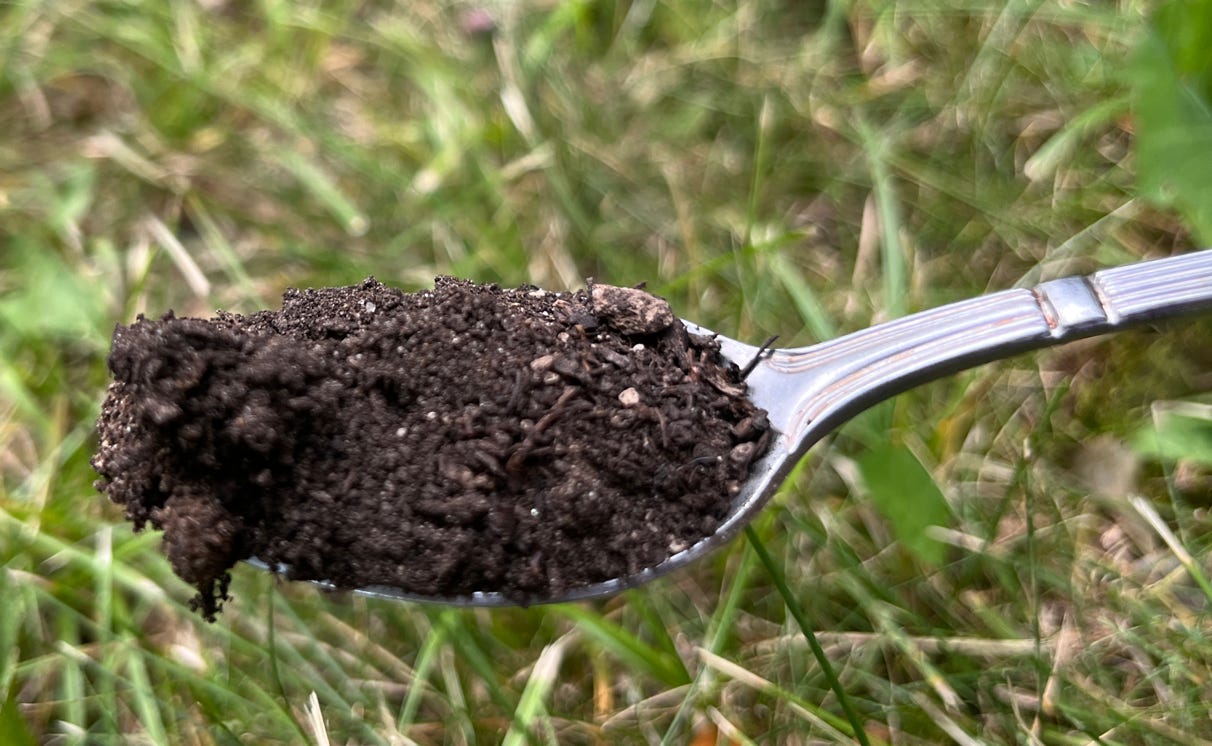
Plants and trees are nature’s way of dealing with carbon emissions, but this process produces cellulose which humans cannot digest. Ruminants like Galloways convert cellulose to beef and milk, an important part of your balanced diet.
“It’s easy to get confused by the complexity of the issue of agricultural emissions, especially when it comes to human diets that are best for the planet. Greenhouse gases are only one part of assessing environmental sustainability.
For example, although cattle generate methane, they also produce a quality source of protein for human consumption, and their diets consist of grass and by-products from the food industry that would otherwise go unused.
Beef and dairy farms provide ecological benefits, such as conserving biodiversity, enhancing soil carbon storage and health, improving water quality, and providing habitat for wildlife.” (Dr. Karen Beauchemin, research scientist with Agriculture and Agri-Food Canada’s (AAFC) Lethbridge Research and Development Centre)
“The main gases emitted by agricultural activities are carbon dioxide (CO2), methane (CH4) and nitrous oxide (N2O). 8% of Canada's greenhouse gas emissions are from agriculture which includes both crop and livestock production. This total excludes emissions from the use of fossil fuels or from fertilizer production.4
The main source of fertilizer in livestock production is organic manure. As noted in the quote above, Agriculture Canada includes the emissions that occur in the breakdown of manure from livestock production, but does not include the emissions from the production, distribution of chemical fertilizer or the added machine time in the fields for fertilizer application, crop spraying and harvesting required in grain and legume production.
One must also note that farmers help slow climate change by storing carbon on agricultural lands by sequestering carbon in soil as organic matter. The best crops for this sequestration is perennial vegetation. Grasses used in grazing are therefore, an important factor in reducing greenhouse gasses from the atmosphere.
As the chart on the left shows, 81.5% of Canada’s greenhouse gasses are produced by carbon emitting industries, transportation (27.7%), stationary combustion sources such as power plants, industrial facilities and home heating (43.2%) and fugitive sources such as leaks and other irregular releases of gasses or vapours from pressurized containment (10.6%).
Through improved practices, greenhouse gasses from agriculture have declined to 7.9% of the Canadian total emissions.
Galloways and other ruminants don’t have to apologize for the methane they produce. Ask your scientists to tell you the rest of the story! 98% of the methane produced is absorbed by the grasses cattle eat.1
Grass fed natural beef is environmentally sound. Methane and plays important roles in enhancing plant tolerance against abiotic (non-living) )stresses, such as salinity, drought and heavy metal exposure while promoting root development. Methane also delays senescence (aging) and browning of plants.1 Through photosynthesis our grasslands also remove the other significant greenhouse gasses – nitrous oxide and carbon dioxide from the atmosphere.
Ruminants consuming only grazed forages results in more carbon sequestration than emissions.”2
Manure is an essential component of modern farming systems.
The nutrients contained in manure are absorbed by crops which then are fed to livestock. The livestock then excrete a portion of these nutrients in manure.
Although manure represents a disposal liability to the farmers; it also represents a resource, manure contains valuable nutrients which farmers applies to the land, providing valuable nutrients to the soil. These nutrients are available immediately for a plants use.
Livestock manure provides food for bacteria and earthworms, is an excellent soil conditioner and also aids in water retention.
How Cattle Heal the Land:
A teaspoon of healthy soil houses about 10,000 living species of microbes. Tilling the land exposes these these anaerobic (living in absence of free air) organisms to air.
On our cattle farms we use natures way, self propelled fertilizer systems (also known as cows). As well as leaving a trail of organics (also known as cow poo or manure) on the land.
Cows also trample grasses which mechanically return the nutrients of grasses back into the land.
All this revitalizes the land so we can feed our cities forever.
LINKS TO RESEARCH
1 Li L, Wei S, Shen W. The role of methane in plant physiology: a review. Plant Cell Rep. 2020 Feb; 39(2):171-179. doi: 10.1007/s00299-019-02478-y. Epub 2019 Oct 23. PMID: 31646372.
2 The Role of Ruminants in Reducin wg Agriculture’s Carbon Footprint in North America Journal of Soil and Water Conservation March/April 2016
3 Manure effects on soil organisms and soil quality Michigan State University Extension | Emerging issues in animal agriculture
4 Source for graphs: https://www.canada.ca/en/environment-climate-change/services/climate-change/greenhouse-gas-emissions/sources-sinks-executive-summary-2024.html